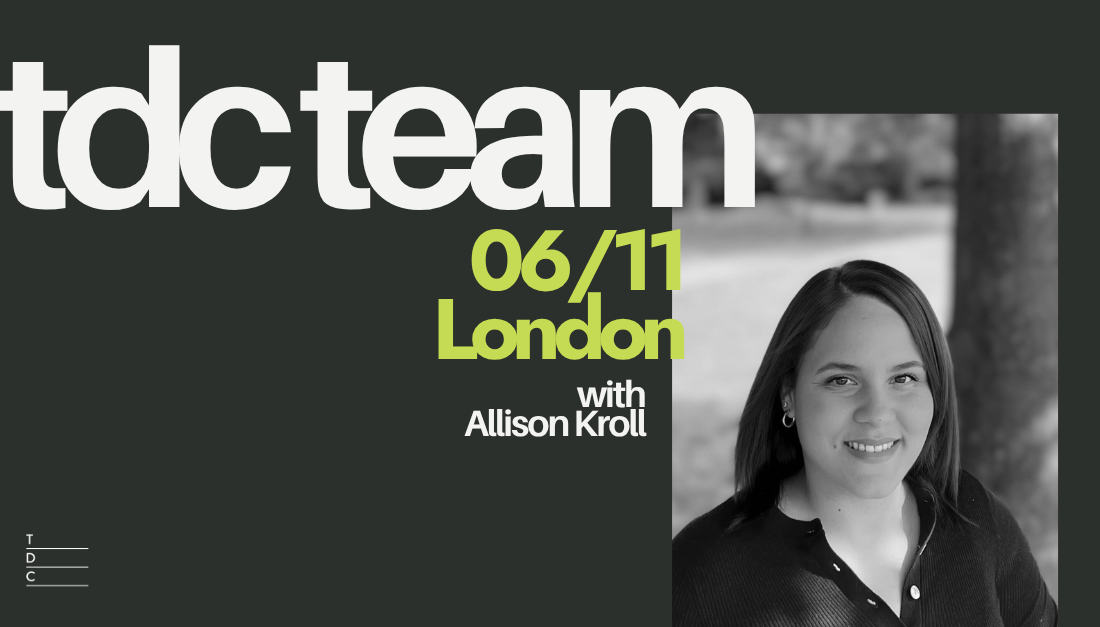Cut Through the Noise: How to Build Thought Leadership on LinkedIn
Establishing thought leadership on LinkedIn isn’t just about visibility—it’s about credibility. With a strategic approach, business leaders can turn the platform into a powerful tool for sharing insights, sparking industry conversations, and reaching key decision-makers.

With over 1.15 billion users across 200 countries, LinkedIn is the go-to platform for professionals looking to connect, share insights, and establish industry influence. Unlike other social networks, LinkedIn is intent-driven—its users aren’t just scrolling; they’re seeking valuable perspectives and expert commentary.
For brands and business leaders, this presents a significant opportunity. With the right strategy, LinkedIn can position you as a thought leader, build credibility, and generate to new business opportunities. But cutting through the noise requires more than just posting updates—it’s about delivering content that sparks conversations and reaches the right audience.

Here’s how to make an impact:
1. Creating Content That Builds Authority
Thought leadership isn’t just about being visible—it’s about being valuable. According to the 2024 Edelman-LinkedIn B2B Thought Leadership Impact Report, 73% of decision-makers say an organisation’s thought leadership is a more trustworthy way to assess its capabilities than traditional marketing materials.
To build credibility and engagement, LinkedIn content should:
- Deliver insights rather than just information—offering expert analysis and fresh perspectives.
- Spark conversation by addressing industry challenges, trends, and innovations.
- Balance authenticity with strategic messaging, ensuring a strong yet personal brand voice.
With busy schedules, maintaining a consistent LinkedIn presence can be challenging. Many professionals seek support in organising and enhancing their thought leadership without compromising their unique perspective. A structured approach ensures a consistent voice while optimising content for engagement and visibility.
2. Expanding Reach Beyond Your Network
Many leaders want to extend their influence beyond their immediate connections. While organic reach is valuable, a targeted approach is essential to ensure thought leadership reaches decision-makers and industry stakeholders.
Take, for example, a client in the innovation sector looking to establish leadership in AI and emerging technologies. To amplify their influence, we developed a LinkedIn thought leadership campaign that combined:
- Strategic content planning to showcase their expertise in innovation.
- Optimised organic tactics to improve reach and engagement.
- A tailored paid strategy to ensure their insights reached key audiences outside their network.
By strategically amplifying their content through LinkedIn’s Thought Leader Ads, they were positioned as a leading voice in the industry, increasing engagement with high-value decision-makers and driving meaningful conversations around design and innovation.
3. LinkedIn’s Thought Leader Ads
Organic content is the foundation of thought leadership, but paid strategies can take it to the next level. LinkedIn’s Thought Leader Ads allow brands to promote individual posts from executives, increasing their reach and influence.
A great example of this in action is Sky’s CEO, Dana Strong. Sky promotes her LinkedIn posts as paid ads, ensuring they reach the right audience while reinforcing both her personal and corporate brand. This approach not only strengthens Dana’s authority but also positions Sky as a forward-thinking company.
For companies looking to maximise their impact, this is the next step—using executives as a paid marketing channel to further enhance credibility and reach.
4. Understanding the LinkedIn Algorithm in 2025
LinkedIn continues to refine its algorithm to prioritise expertise and relevance. In 2025, the platform rewards:
- Consistent subject-matter expertise—posting regularly on a niche topic establishes authority.
- Original insights and industry trends—content that educates and provides actionable advice performs best.
- Active engagement—the more conversations your content generates, the wider its reach.
However, certain practices can hurt performance:
- Spammy behaviour, like excessive tagging or irrelevant mentions.
- Low-quality content with errors or lack of substance.
- Over-posting—LinkedIn recommends a minimum 12-hour gap between posts to maintain impact.
By understanding how the algorithm works in 2025, thought leaders can maximise their visibility and engagement on the platform.
5. Elevating Your Thought Leadership
As LinkedIn continues to evolve, now is the time to refine your approach and make the most of the platform’s potential. A well-crafted strategy—balancing organic content, audience targeting, and paid amplification—can ensure your insights reach the right people and drive meaningful engagement.
Looking to build your industry influence? Reach out to our digital team to explore how we can help.
